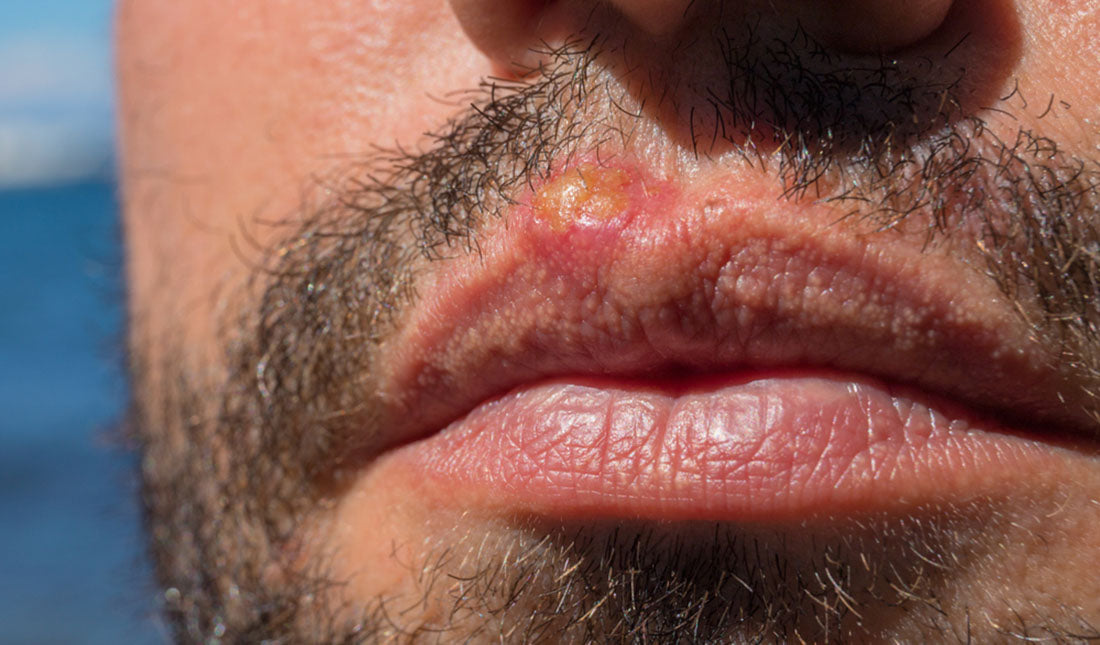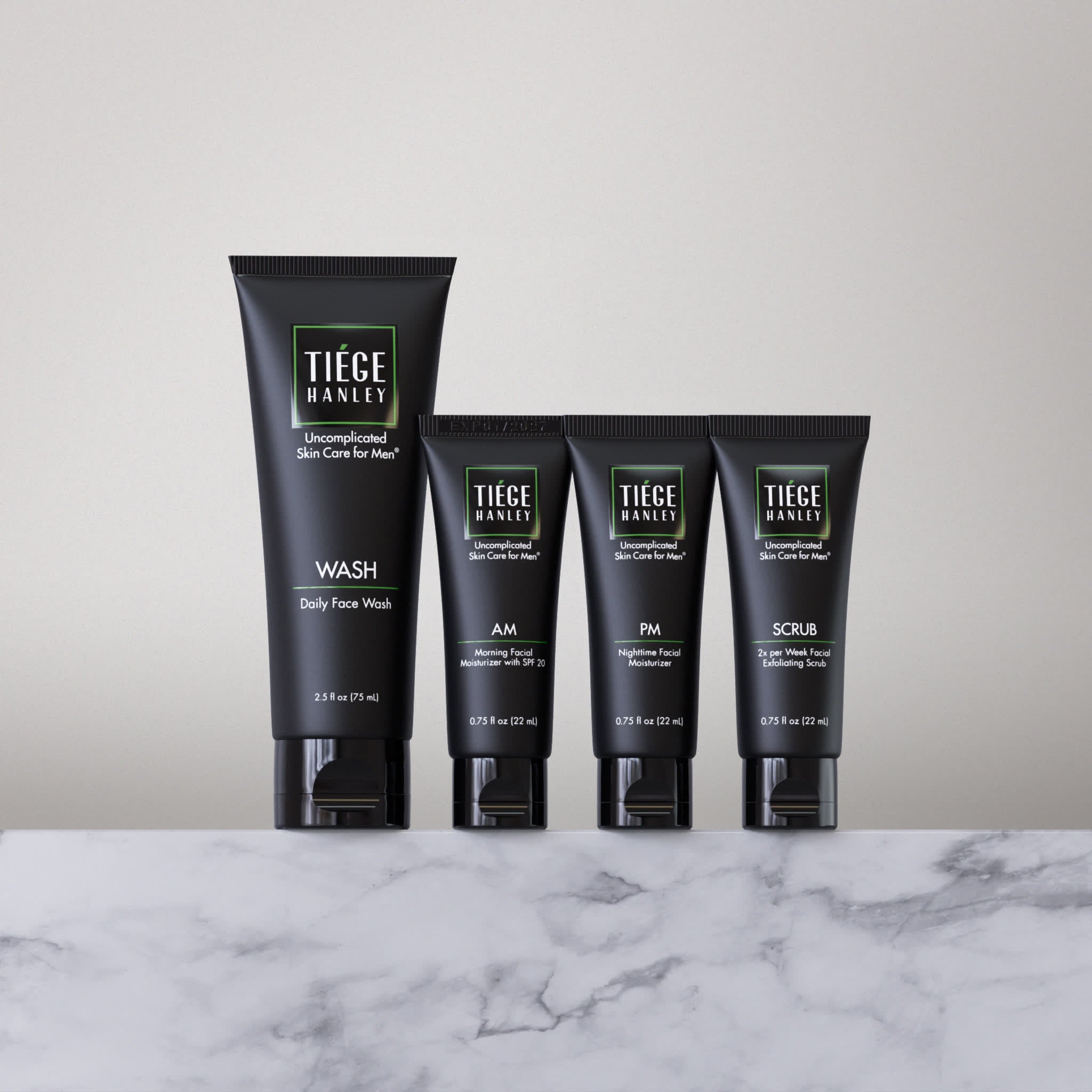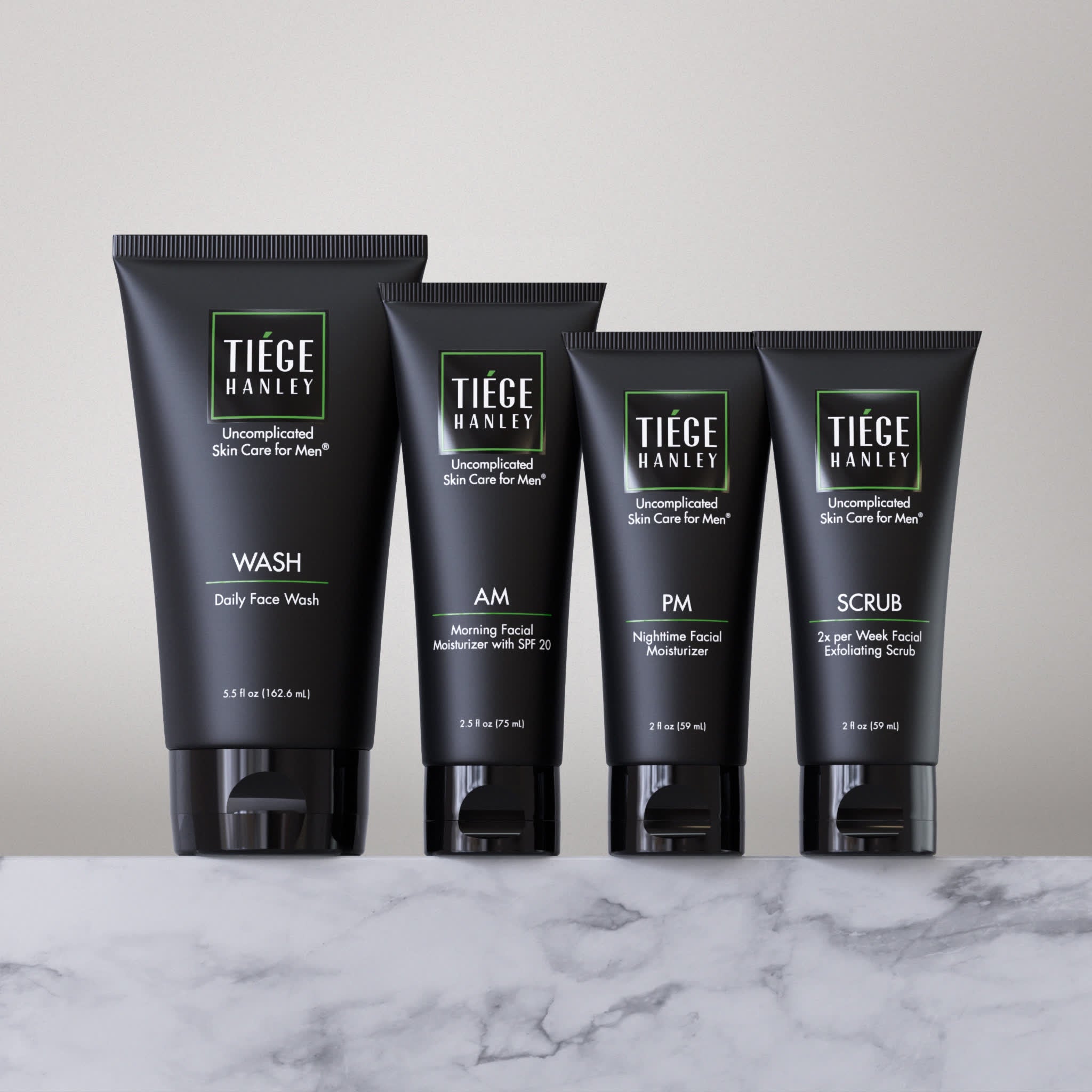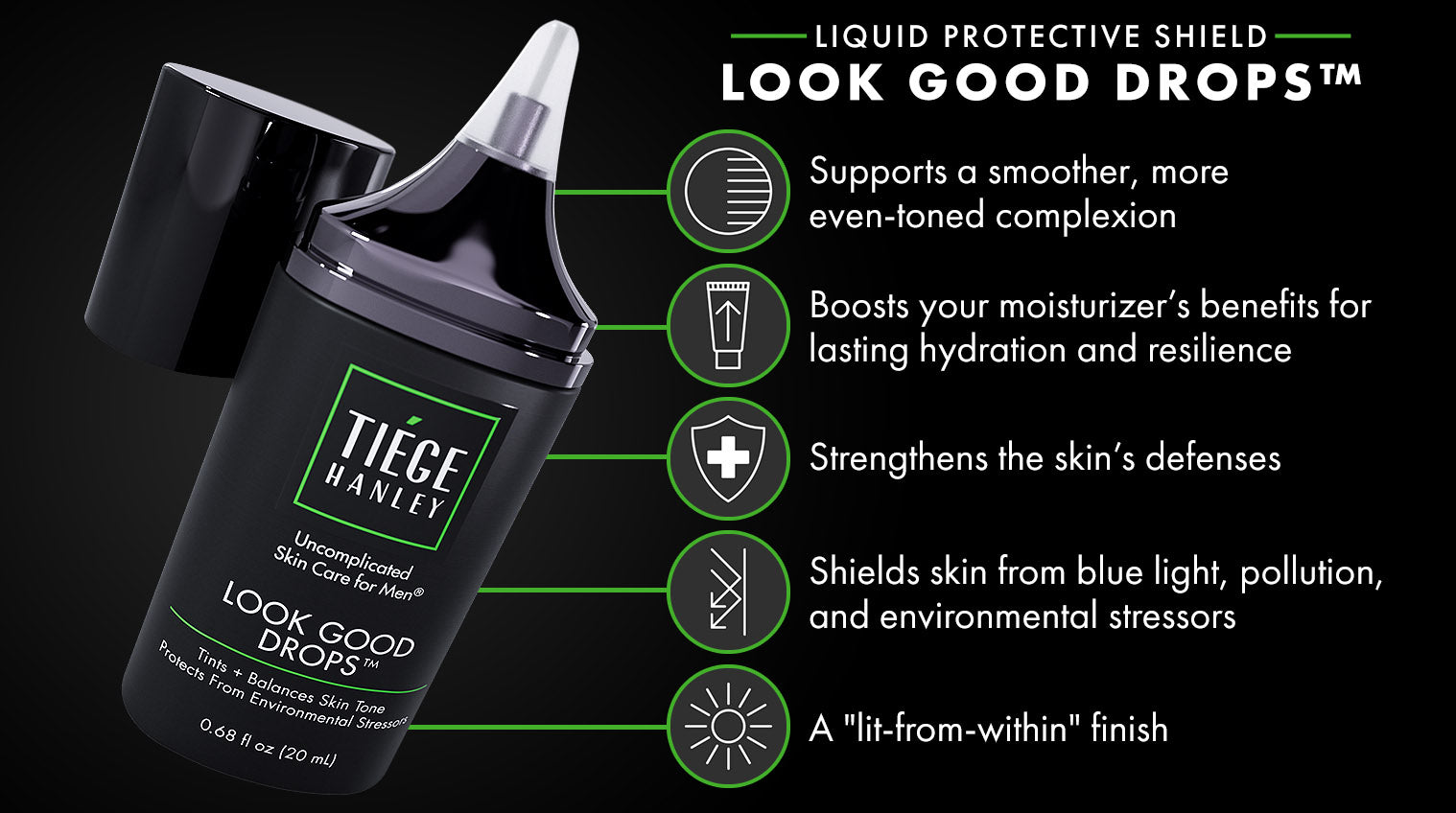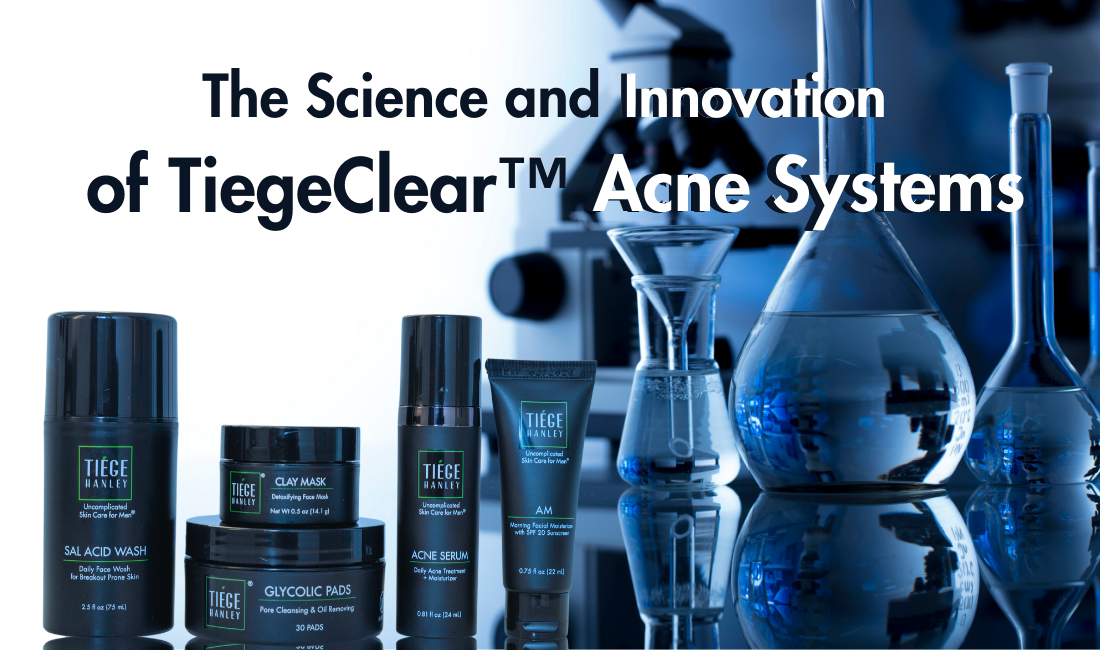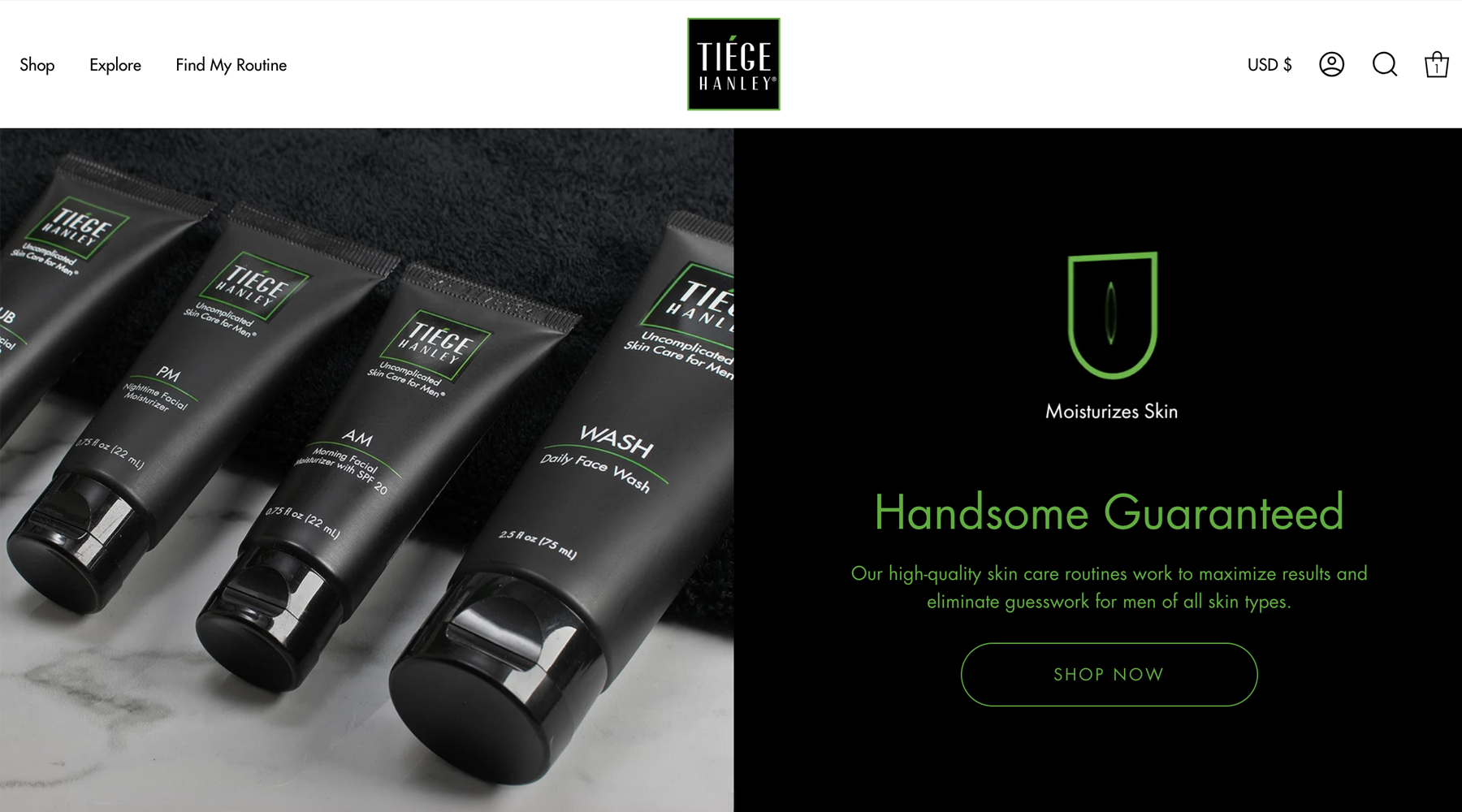Sunburned lips, also known as solar cheilitis or actinic cheilitis, is a common condition that most often affects the lower lip. The lower lip gets more sun exposure than the upper and therefore gets more exposure to the sun. While the temporary stinging and irritation of your lips can be irritating, the biggest concern of sunburned lips is the threat of lip cancer.
If you forgot to apply sun protection to your lips and are now dealing with painful blisters, it’s important for you to treat them promptly. With the right treatment methods, you can decrease the pain and swelling, reduce the potential for infection and speed up the healing process.
Here are three things you should know about treating sun blisters on your lips:
- Sun blisters are a sign of a second-degree sunburn.
- Avoid popping your sun blisters and apply an antiseptic cream once they drain.
- See a doctor immediately if you experience nausea, dizziness, fever or other severe reactions.
- The best way to prevent sunburned lips is by applying a daily SPF lip balm.
Sun blisters are a defense mechanism of the body and a clear indication that your lips have suffered a moderate to severe sunburn. Below, we’ll talk about how tp prevent sunburned lips in the first place, then provide five tips to help you treat sun blisters on the lips.
TRY MEN’S SKIN CAREHow to Prevent
There is little doubt that sun exposure plays a big role in the development of skin cancer and cancer of the lips. According to a 1992 study published in the journal Cancer, farmers working outdoors are at a much higher risk of developing lip cancer compared to other occupations (see claim: “…significantly elevated lip cancer in farmers was reported in 43% of the studies reviewed…”)
Here are a few things you can do to help prevent sunburned lips and reduce your risk of lip cancer:
Apply Lip Balm with SPF: Because staying out of the sun can be difficult, applying a daily lip balm with SPF is the most effective way to prevent sunburned lips. Stock up on a few SPF lip balms and make sure that you always have one on hand.
Wear a Hat: Wearing a hat that offers adequate protection to your face can help provide shade for your lips. A hat should provide additional protection on top of your lip balm with SPF.
Seek Shade: Although seeking shade isn’t always doable, try your best to avoid being in direct sunlight during the hottest hours of the day.
How to Treat & Soothe Sunburned Lips
1. Decrease Swelling and Pain with a Cold Compress
As with most severe sunburns, sun blisters are often accompanied by pain and swelling. Your first act should be to decrease the pain and swelling with a cold compress.
If you don’t have a compress at home, you can quickly make one with ice. Fill a plastic bag with ice cubes and wrap a damp washcloth around the bag before gently applying it to your lips.
Hold the cold compress to your lips for 15 minutes. After two hours, re-apply the compress again for an additional 15 minutes.
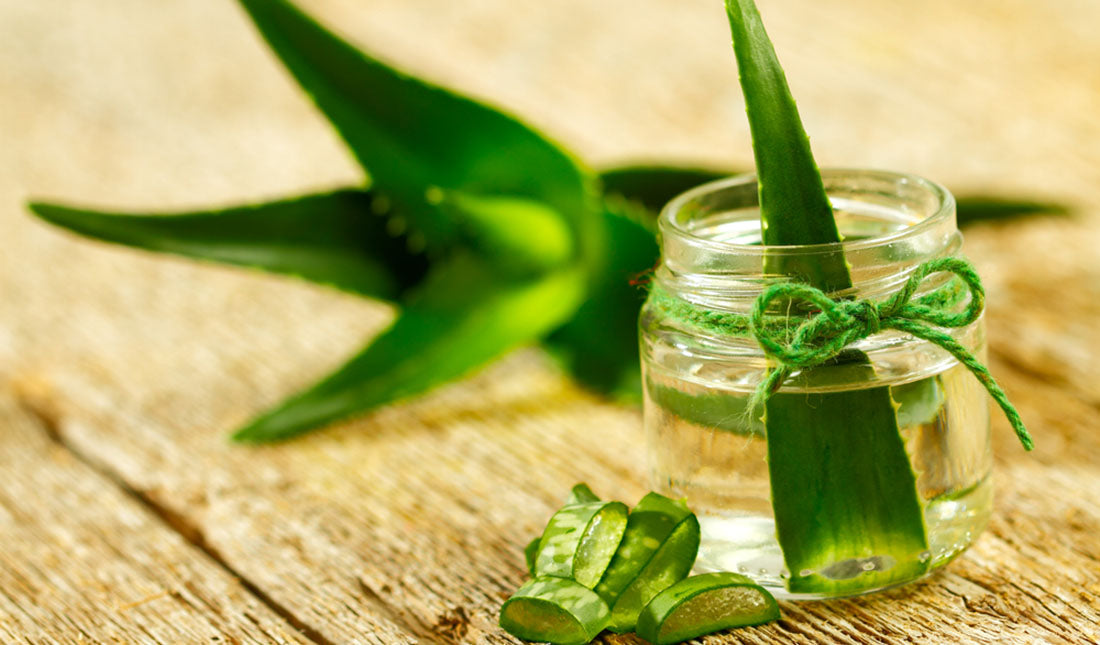
2. Apply Aloe Vera Gel on Your Lips
Once the swelling has been reduced, apply aloe vera gel on your lips. Aloe vera has been used for thousands of years and is generally considered safe to use on sunburns and sun blisters.
Aloe vera has been used all these years for its wound-healing properties. In a 2018 study published in the journal Molecules, scientists identified the compound in aloe vera that is responsible for the plant’s anti-inflammatory properties: A compound called aloin (see claim: “…aloin suppresses lipopolysaccharide-induced pro-inflammatory cytokine secretion and nitric oxide production, and downregulates the expression of tumor necrosis factor alpha (TNF-α), interleukin 6 (IL-6), inducible nitric oxide synthase (iNOS), and cyclooxygenase-2 (COX-2).”)
Dab a tiny amount of aloe vera gently to the outside of your lips, taking care not to pop your blisters. Apply the gel only to the outside of your lips to avoid ingesting it.
3. Use a Daily Lip Balm with SPF
A good lip balm can serve as both a preventative and restorative measure. Protecting your lips from additional sun damage is key to speeding up the healing process. Apply it after a sunburn to keep the wind and your lips off the damaged skin. This will speed up the healing process.
A lip balm with SPF not only protects skin from UV damage, it can significantly reduce your chances of developing skin cancer of the lip. In a 10-year study published in the International Journal of Cancer Research and Development, researchers analyzed epidemiological data and risk factors associated with lip cancer and found a strong link between chronic sun exposure and squamous cell carcinoma, particularly on the lower lip (see claim: “A significant association between work-related chronic solar exposure and incidence of cancer in the lower lip…”)
4. Apply Antiseptic Cream to Punctured Blisters
Although you may be tempted to pop the sun blisters on your lips, there are several reasons why you should resist the urge. Sun blisters play an important role in the healing process by forming a protective barrier to the wound and skin underneath it.
When this barrier is forcibly popped, it can potentially result in scarring. If germs enter the wound, it can also lead to a nasty infection.
Most blisters will drain naturally on their own. Once your blister drains, apply an over-the-counter antiseptic cream to the wound to reduce the likelihood of infection.
Take the skin care quiz5. Take an Anti-Inflammatory
If your sun-blistered lips are painful, you can also take a nonsteroidal anti-inflammatory drug (NSAID) to reduce pain and swelling. In addition to decreasing inflammation, NSAIDs may also help protect against cancer.
Several studies have suggested that NSAIDs can potentially reduce the risk of cancer, including a 2012 study published in the journal Cancer. The study found that use of NSAIDs was associated with a decreased risk of skin cancer, particularly squamous cell carcinoma and melanoma (see claim: “use of NSAIDs overall, including aspirin, nonselective nonaspirin NSAIDs, and COX‐2 inhibitors, was associated with a decreased risk of skin cancer, particularly SCC and MM.”)
However, this should be weighed against the risks of taking NSAIDs. Always follow the instructions on the NSAID label and talk with your doctor before using NSAIDs on a regular basis.
When to See a Doctor
Sun blisters may be an indication of sun poisoning, a severe form of sunburn that can come with complications. If your sun blisters are accompanied by symptoms of nausea, headache, fever, dizziness or confusion, it’s important that you see a doctor immediately.
References
Johannesdottir, Sigrun Alba, et al. “Nonsteroidal Anti-Inflammatory Drugs and the Risk of Skin Cancer.” Cancer, vol. 118, no. 19, 2012, pp. 4768–76. Wiley Online Library, doi:10.1002/cncr.27406.
Luo, Xuan et al. “Aloin Suppresses Lipopolysaccharide-Induced Inflammatory Response and Apoptosis by Inhibiting the Activation of NF-κB.” Molecules (Basel, Switzerland) vol. 23,3 517. 26 Feb. 2018, doi:10.3390/molecules23030517
Maruccia, M., et al. “Lip Cancer: A 10-Year Retrospective Epidemiological Study.” Anticancer Research, vol. 32, no. 4, Apr. 2012, pp. 1543–46.

